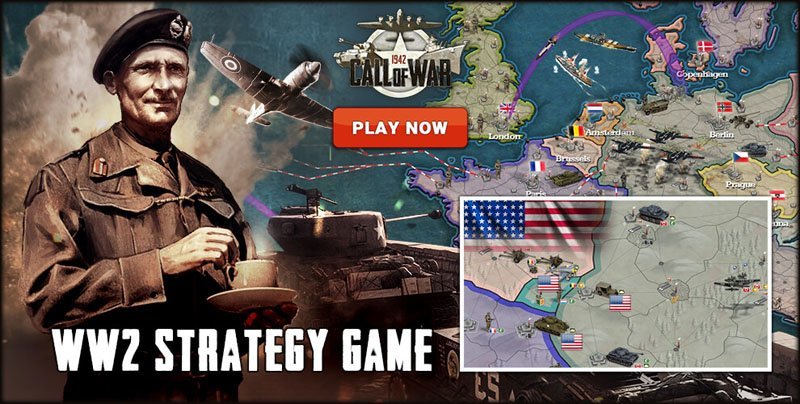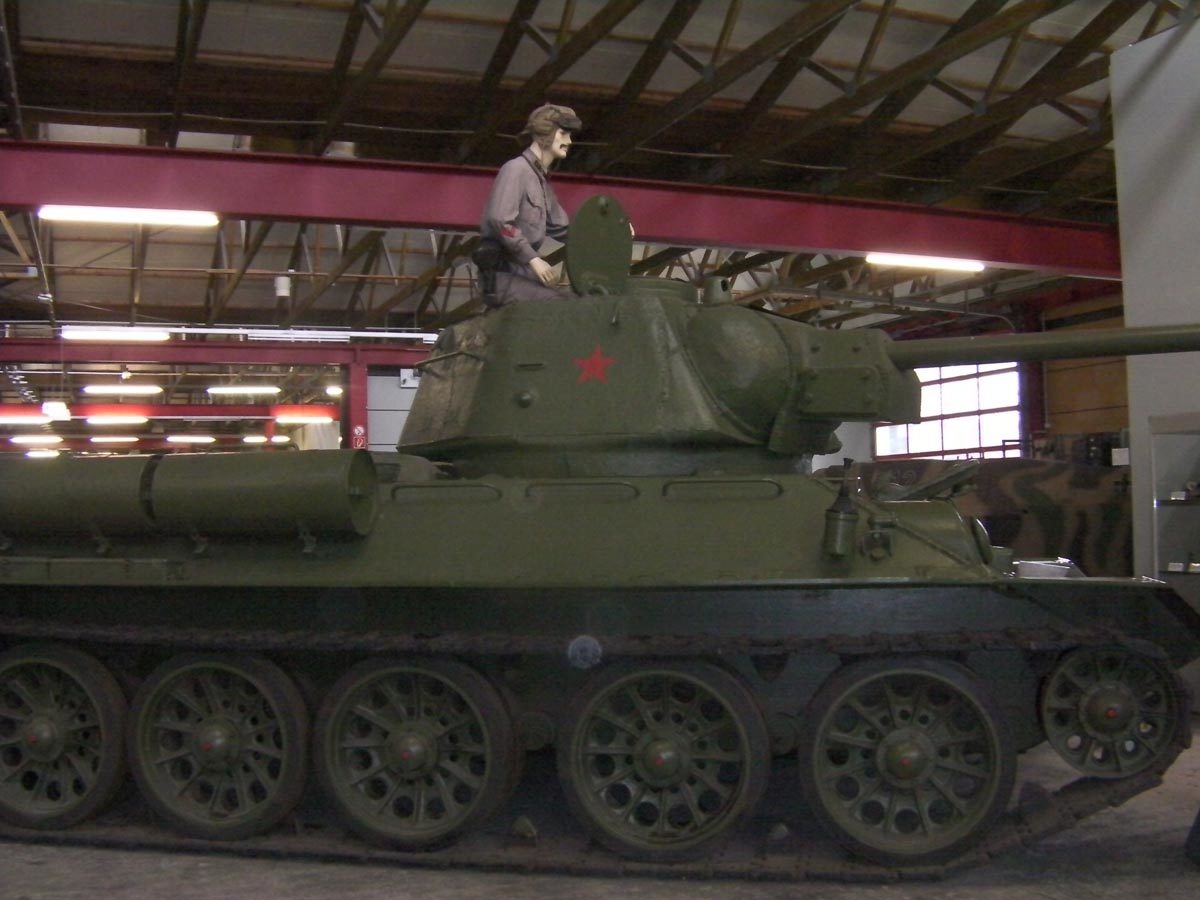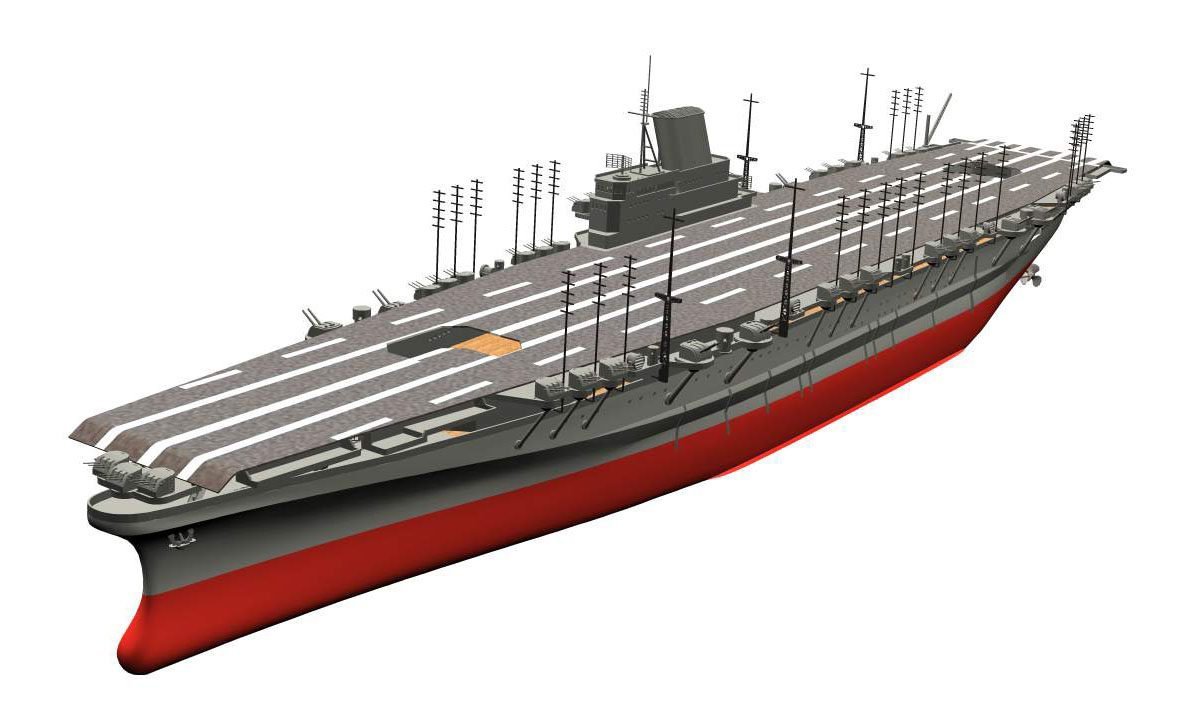Lee-Enfield Rifle: A Legacy of British Military Precision and History.

The Lee-Enfield rifle is one of the most iconic firearms in military history. Developed in the late 19th century, this bolt-action rifle served as the backbone of the British Army and Commonwealth forces for decades. Known for its accuracy, durability, and rapid fire, it played a key role in both World Wars and beyond.
At USA Gun Store, we appreciate the craftsmanship and history behind legendary firearms like the Lee-Enfield. This article explores its origins, performance, and lasting legacy, showcasing why it remains a favorite among collectors and shooters.
The Origins of the Lee-Enfield Rifle
Table of Contents
A Product of Innovation
The development of the Lee-Enfield rifle dates back to the late 19th century when the British Army sought to modernize its infantry weapons. The rifle’s name derives from its designer, James Paris Lee, and the Royal Small Arms Factory in Enfield, England, where it was produced. The rifle was first introduced in 1895 as the Lee-Enfield Mark I, replacing the aging Lee-Metford rifle.
Evolution into the SMLE
The most famous iteration of the rifle, the Short Magazine Lee-Enfield (SMLE) Mark III, was introduced in 1907. This version was shorter and lighter than its predecessors while retaining the high-capacity 10-round magazine that gave British soldiers a distinct advantage over adversaries. The SMLE quickly earned a reputation for its reliability and effectiveness in combat.
Battlefield Performance and Advantages
Fast Bolt-Action System
One of the defining features of the Lee-Enfield rifle was its innovative bolt-action system. Unlike other contemporary bolt-action rifles, such as the German Mauser, the Lee-Enfield featured a rear-locking bolt that allowed for rapid cycling. British soldiers were trained in the “Mad Minute,” a drill designed to maximize the rifle’s rate of fire. Skilled marksmen could fire up to 30 rounds per minute, a significant advantage in combat.
Superior Magazine Capacity
While many other bolt-action rifles of the era had a 5-round internal magazine, the Lee-Enfield boasted a 10-round detachable box magazine. This higher capacity allowed for sustained fire, reducing the need for frequent reloading in battle.
Durability in Harsh Conditions
The rugged construction of the Lee-Enfield rifle made it ideal for combat in extreme conditions. Whether in the muddy trenches of World War I, the deserts of North Africa in World War II, or the jungles of Burma, the rifle proved to be resilient. Its design enabled it to function reliably even in adverse weather and environments where other rifles might fail.
Versatility Across Theaters of War
The Lee-Enfield rifle was not limited to European battlefields. British and Commonwealth forces carried it into action across Africa, Asia, and the Pacific. From the frozen landscapes of Norway to the sweltering jungles of Southeast Asia, the rifle adapted to a wide range of combat scenarios.
Post-War Service and Continued Use
Adoption Beyond World War II
Even after World War II, the Lee-Enfield rifle continued to serve in various roles. Many nations, especially those in the Commonwealth, retained the rifle in their arsenals well into the second half of the 20th century. The No. 4 Mk I, introduced during World War II, became the standard British infantry rifle until the 1950s, when it was gradually replaced by semi-automatic and automatic weapons.
Service in Modern Conflicts
Despite being officially phased out of military service in most countries, the Lee-Enfield has seen continued use in various conflicts. It was utilized by forces in Korea, Vietnam, and even more recently in Afghanistan, where insurgents have occasionally fielded the rifle due to its reliability and availability.
Civilian and Sporting Use
Beyond its military legacy, the Lee-Enfield remains popular among civilian shooters. Hunters, collectors, and historical reenactors continue to appreciate the rifle for its craftsmanship and historical significance. Surplus models are still available on the market, and sport shooters often modify them for target shooting and hunting.
Variants and Modifications
No. 1 Mk III (SMLE)
This was the standard British infantry rifle during World War I and remained in service into World War II. It featured a full-length wood stock and a shorter overall length than previous models, making it more maneuverable.
No. 4 Mk I
Introduced in 1941, the No. 4 Mk I featured a stronger receiver, improved sights, and a simplified manufacturing process. It became the primary infantry rifle for British and Commonwealth forces during World War II.
No. 5 Mk I (Jungle Carbine)
Designed for use in dense jungle environments, the No. 5 Mk I had a shorter barrel, a flash suppressor, and a lighter overall build. Although it was praised for its compact design, it also suffered from increased recoil and accuracy issues.
Later Variants and Specialized Models
Numerous other variations of the Lee-Enfield were developed, including sniper versions, drill rifles for training, and adaptations for police forces. Some rifles were rechambered for different calibers to suit modern ammunition standards.
The Enduring Legacy of the Lee-Enfield
The Lee-Enfield rifle’s influence extends far beyond its years of official military service. It represents a crucial era in British and Commonwealth military history, symbolizing the resilience and skill of the soldiers who carried it. Today, it remains a favorite among collectors and firearms enthusiasts who appreciate its historical significance and craftsmanship.
A Symbol of British Military History
Few rifles can claim the lasting impact of the Lee-Enfield. It served through two World Wars, decolonization conflicts, and Cold War-era skirmishes, proving itself time and again as a reliable and effective weapon.
Collectability and Historical Appreciation
For those interested in military history, owning a Lee-Enfield is akin to holding a piece of the past. Many enthusiasts seek out well-preserved examples, often restoring them to their former glory.
The Rifle’s Place in Firearms Development
The innovations of the Lee-Enfield, particularly its fast bolt-action system and high magazine capacity, influenced later firearm designs. It set a standard for what a bolt-action military rifle could achieve in terms of speed and reliability.
Conclusion
The Lee-Enfield rifle is more than just a firearm—it is a testament to British military engineering and the soldiers who wielded it. Its service record spans over a century, proving its effectiveness in combat and beyond. Whether in the hands of a soldier on the battlefield, a hunter in the wilderness, or a collector preserving history, the Lee-Enfield continues to stand as a symbol of precision, durability, and military heritage. As one of the longest-serving rifles in military history, its legacy remains unshaken, securing its place as one of the most legendary rifles of all time.






